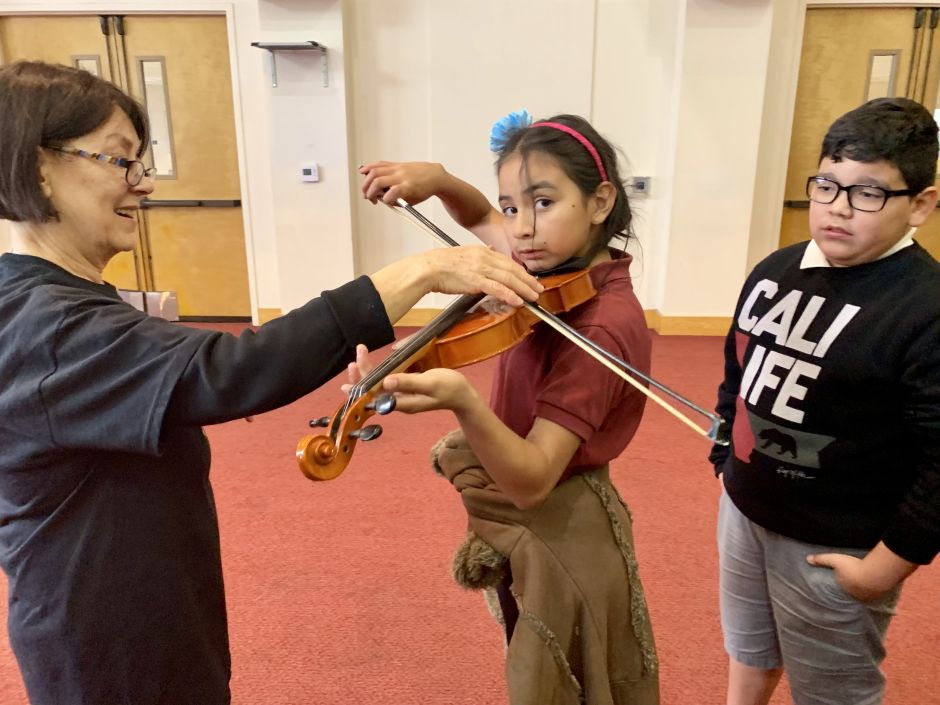The Jewish Symphony Orchestra of Los Angeles promotes respect for diversity through recognition of similarities
For the first time in their lives, hundreds of third, fourth and fifth grade Latino children from several Los Angeles public schools attended a symphony concert. But also to Through music they crossed bridges with Jewish culture.
"It is an opportunity to listen to music, live with a culture that is different from ours and look at what we have in common that can unite us in these times”Says Professor Bernie Contreras of the Vaughn Next Century Learning Center who accompanied his fifth grade group to the concert offered by the Los Angeles Jewish Philharmonic (Los Angeles Jewish Symphony).
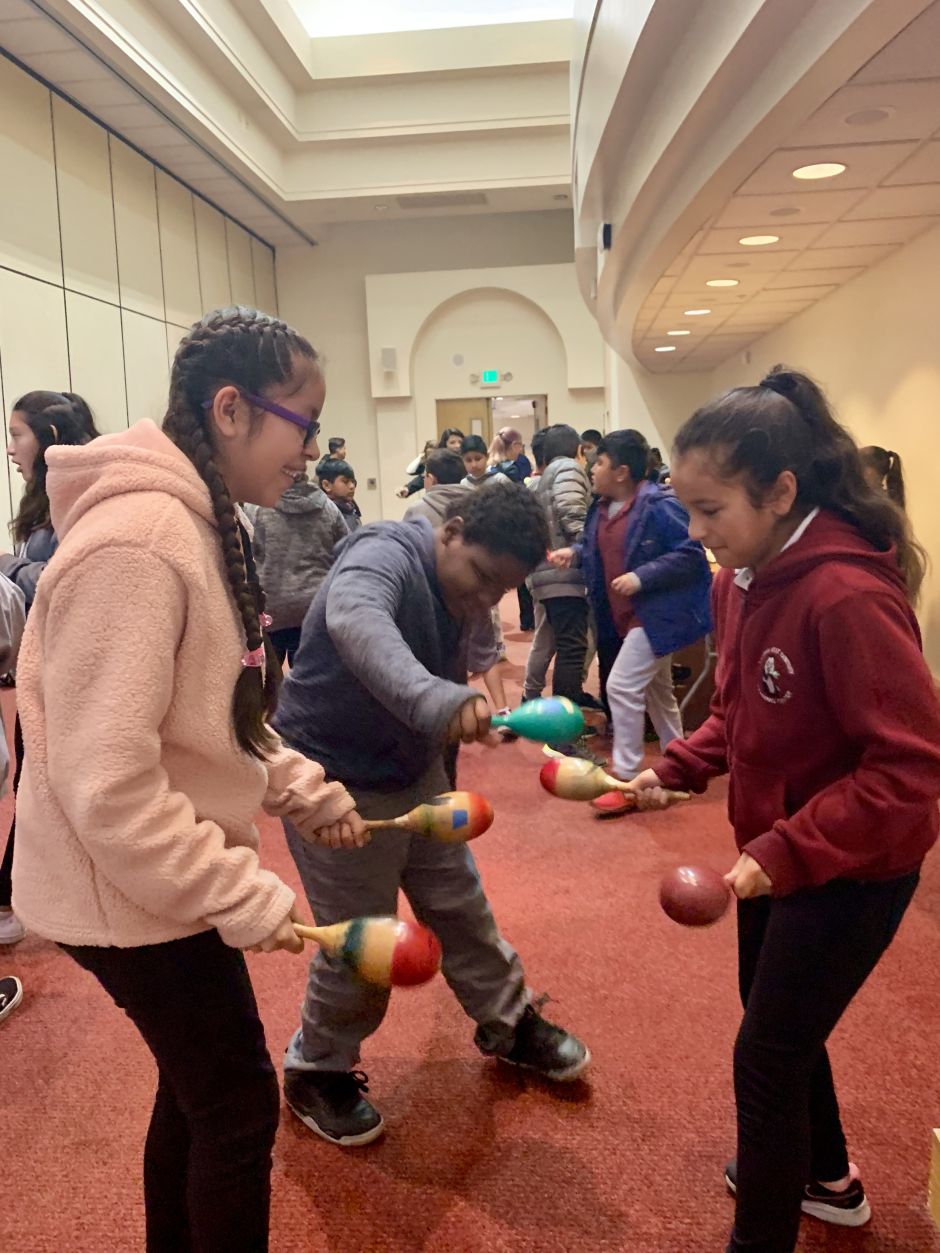
It is the third year that this teacher takes groups of children to the annual concert of the Jewish Symphony of Los Angeles (LAJS).
“I have noticed that when leaving, students come more lively, many of them wanting to learn an instrument,” says Professor Contreras.
He adds that this opportunity is very important because in public schools music classes are no longer taught.
The Jewish Philharmonic of Los Angeles offers two concerts a year dedicated to students of Los Angeles public schools, most of the attendees are Hispanic children.

This year's concert was held in two synagogues in the San Fernando Valley. One of them was at the school and Valley Beth Shalom synagogue. Around 1,100 children attended the two concerts. With the support of a scholarship, they present an innovative and unique education program: Mix of cultures: The Sephardic-Latin connection
Marcelo Gindlin, a Latin-Jew, Argentine immigrant, guest singer of the Jewish Symphony of Los Angeles was able to interpret Latin songs like Cielito Lindo.
"I am pleased to see how children from many schools with different religions and faiths come together through a concert that for many is their first time," he says.
Gindlin says that before he learned to sing Jewish prayers, he met Latin songs since his father was an opera singer, and his favorite song was "Granada."
“It fills me with energy to see how the boys get excited at the concert, in this world where there is so much violence, so many attacks. It is so nice to educate the next generations in tolerance and integration, and teach them that we are all one“He says happy.
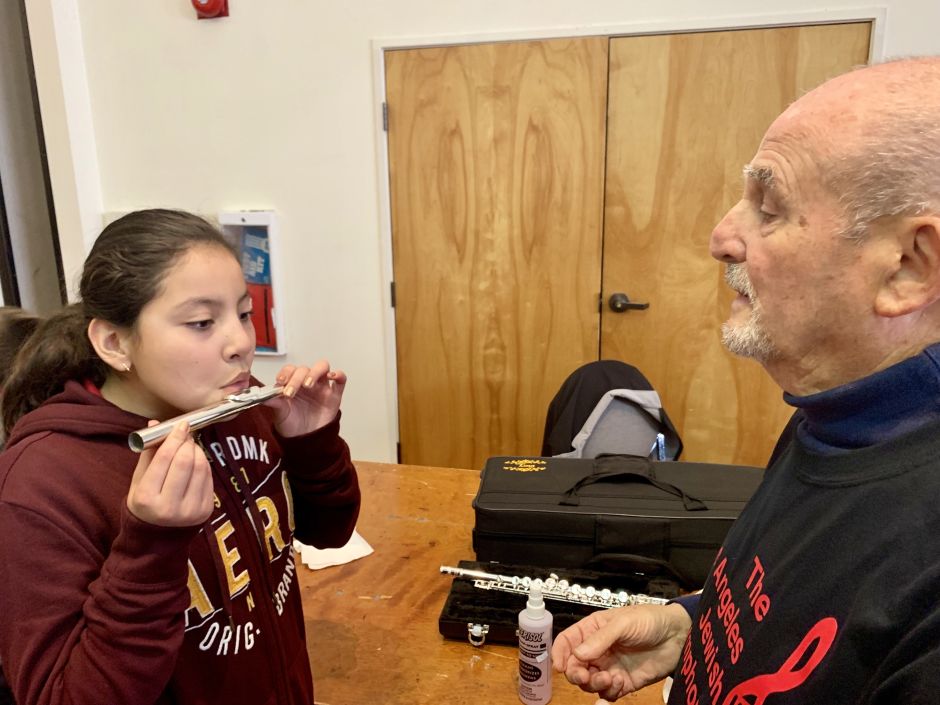
The concert that lasts an hour, is an experience. "I make them participate," he says. And it is reality, since students sing and dance. Half of the repertoire are songs in English; and the other, in Spanish.
"There are things that are of the Jews who lived in Spain and spoke Ladino (the Judeo-Spanish language spoken by Sephardim, descendants of Jews in Spain) that has influences from Portuguese and Hebrew mixed with Spanish," he says.
Before the concert began, the children had the opportunity to meet and play some of the instruments that are part of the Jewish Symphony of Los Angeles composed of 25 members.
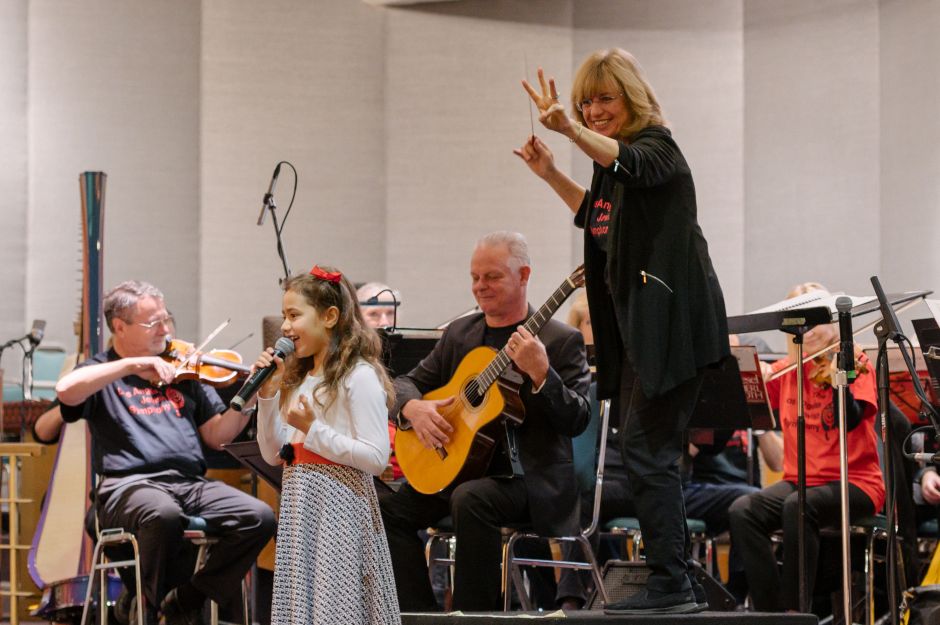
Noreen Green, the founder and director of the symphony orchestra, says that The concert is a natural bridge that uses Sephardic music to connect the Latin and Jewish community.
“I developed this program to show that we are more similar than different because we don't want to be isolated, and the best way to join is music,” says Noreen.
Raised in the city of Sherman Oaks, she talks that her children went to Jewish schools, but she always took them to the parks to see that they are part of a much larger community.
According to the artist, the children who attend the concert are in a perfect time to connect with the music of other cultures.
“At the age of third, fourth and fifth grade they have no preconceived ideas. They are easily impressed and very open, ”he says.
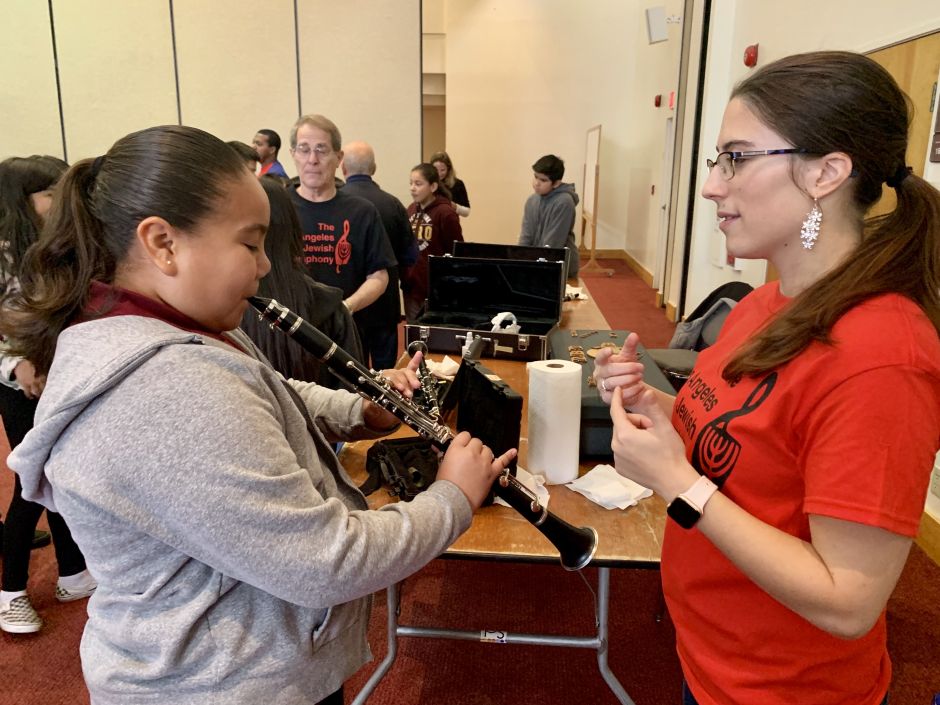
He believes that students are left with a great memory after attending a concert to listen to Jewish music in a synagogue. "Prejudices are limited if we share our culture," he says.
“Latinos and Jews have many things in common, such as family. Latinos have come to this country because they want a better life and education for their children. The Jews have left because they were excluded, and have come to America in search of a better world, ”he says.
LAJS was founded in 1994 by Dr. Green, and for 18 years she has offered music education programs to more than 13,000 students.
Loading the player …
Noreen believes that when students leave listening to a live concert, changes occur in their lives.
"Many return home, telling their parents that they want to learn to play an instrument."
And he adds that the concert is an opportunity to share cultures with each other through music. But also for "cto combat prejudices, anti-Semitism and anti-immigrant discourse"

